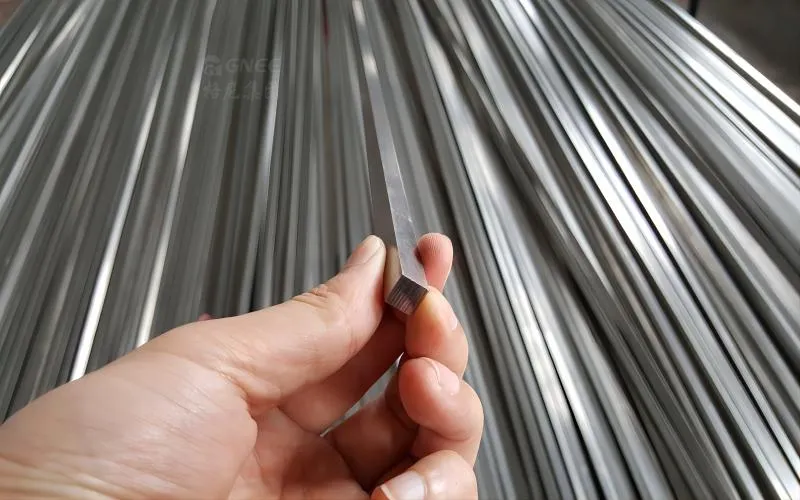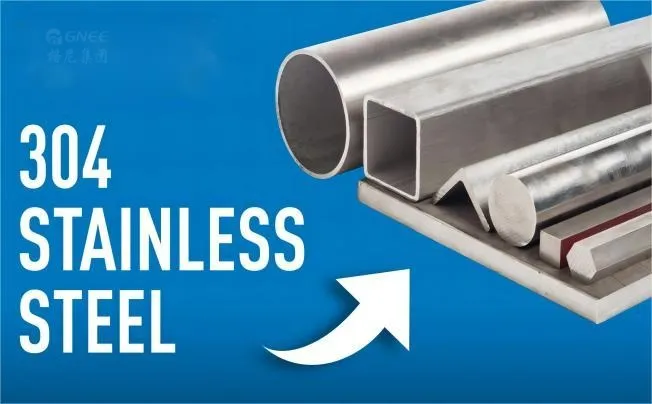Property of 304 Stainless Steel
Corrosion and stain resistance, high heat resistance, formability, and non-magnetic qualities are just a few of the highly prized characteristics of 304 stainless steel. These characteristics make 304 stainless steel the material of choice for many manufacturing operations, such as the creation of medical devices and kitchenware. 304 stainless steel is a flexible and dependable material, especially in electronics where severe conditions or magnetic fields can create interference.
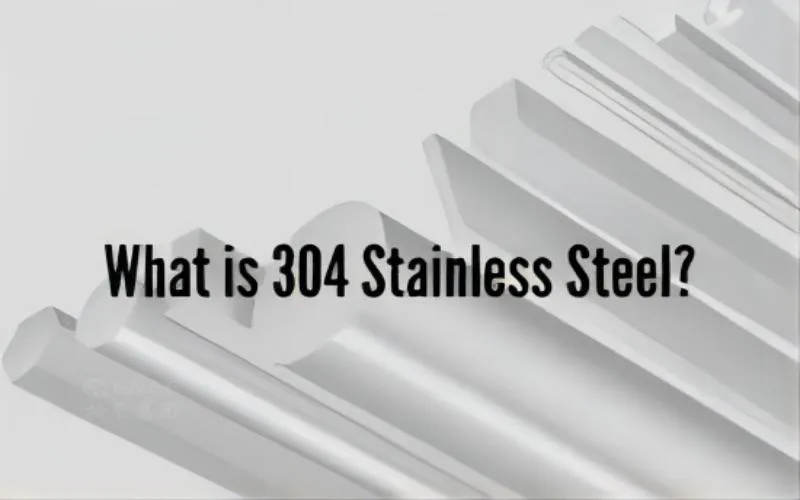
Corrosion resistance
Due to its unique qualities, 304 stainless steel is a highly common material for a wide range of applications. The remarkable corrosion resistance of 304 stainless steel, even in non-specialized conditions, is a major reason for its widespread use. It should be noted, though, that it is not entirely resistant to corrosion; for instance, pitting and crevice corrosion are extremely prevalent in chloride-containing environments. Additionally, temperatures higher than 60°C might cause stress corrosion cracking.
For drinking water, 304 stainless steel has outstanding corrosion resistance. Chloride concentrations can reach up to 200 mg/liter at room temperature but fall to 150 mg/liter at 60°C. 316 stainless steel is advised if 304 stainless steel’s water resistance is insufficient.
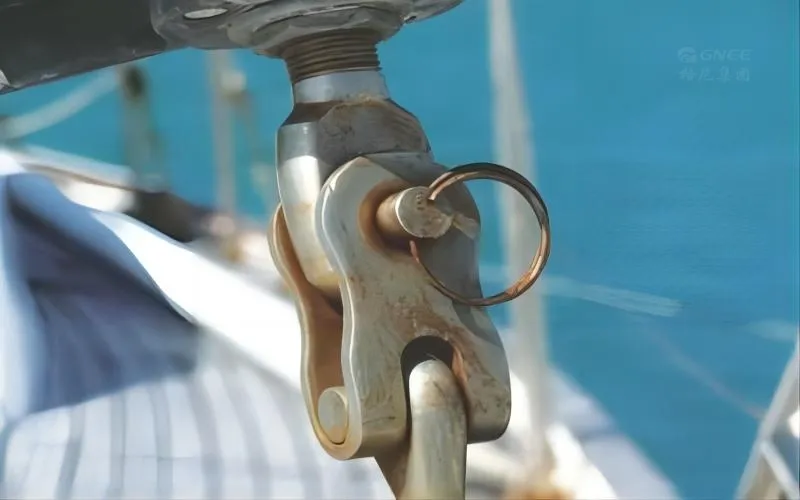
Heat Resistance
The benefits of 304 stainless steel in terms of heat resistance are numerous. It can work constantly at 925°F and occasionally at 870°F because of its superior oxidation resistance, but it is ineffective at temperatures between 425-860°C. The ideal material for these circumstances is 304H.
304L stainless steel, which is a low-carbon version of 304, is the ideal option for these circumstances due to its increased resistance to carbide precipitation. Overall, 304 steel’s capacity to withstand heat demonstrates its adaptability and toughness, making it the material of choice for many different applications.
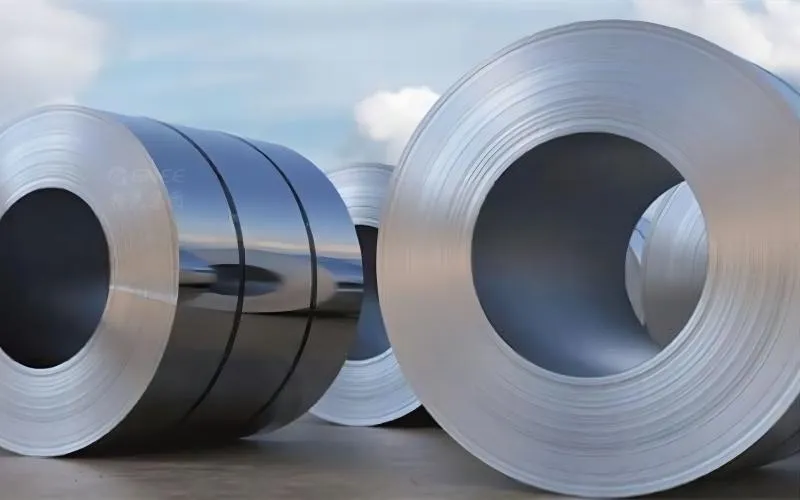
Benefits for Outdoor Applications
Due to its high nickel content, which makes it more resistant to stress-corrosion cracking than other stainless steel kinds, 304 stainless steel has various advantages for outdoor applications.
304 steel is perfect for outdoor applications like architectural trim and barbecues because it has a higher nickel content, is less magnetic, and is more resistant to iron oxide.
Due to its unique combination of qualities, 304 stainless steel is frequently used in outdoor applications where corrosion resistance and durability are crucial considerations.
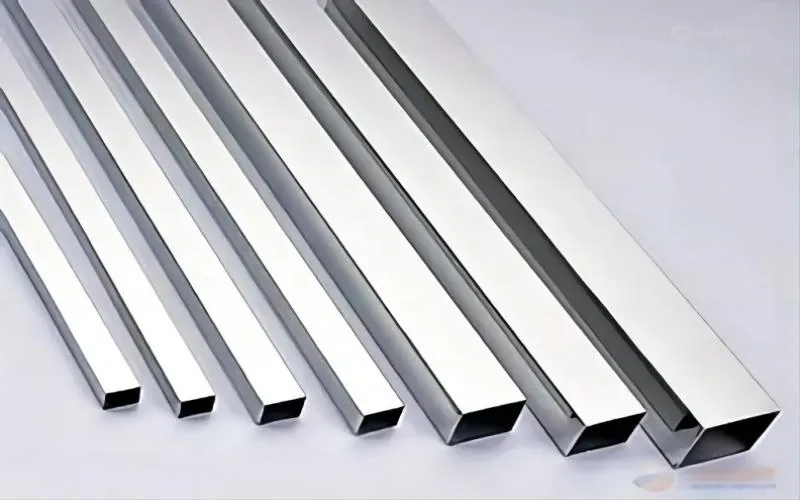
Weldability
Excellent fusion welding performance is one of 304 stainless steel’s characteristics, which makes it a popular choice across a variety of applications and industries. To assure the stability of the structure, post-welding annealing may be required for heavy portions. Because of its strength and longevity as well as the variety of welding choices available, 304 stainless steel is an excellent choice for a variety of tasks.
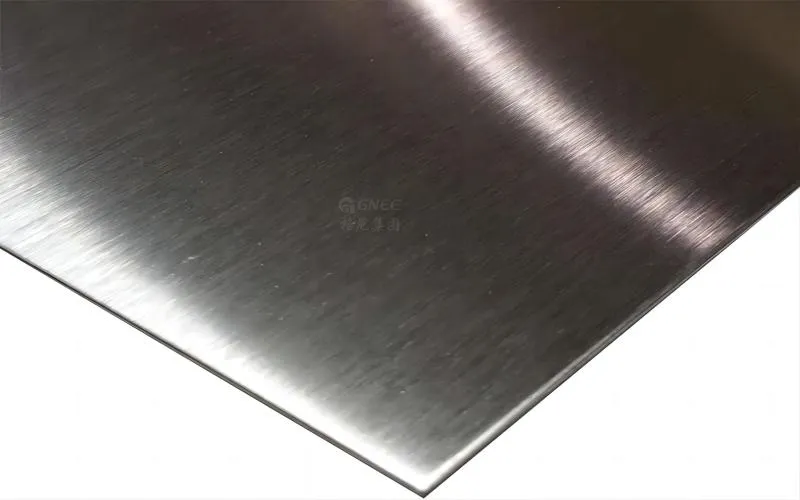
Machinability
Due to its excellent machinability qualities, 304 steel is a popular choice for machining. Cutting edges should always be kept sharp to prevent over-hardening of the product. When milling 304 steel, it’s essential to make small, shallow cuts that are deep enough to prevent work hardening.
To improve the machining process and reduce friction, it is also recommended to use coolants and lubricants. These safety precautions will help the 304 stainless steel become more machinable and more reliable, which will increase its suitability for various applications.
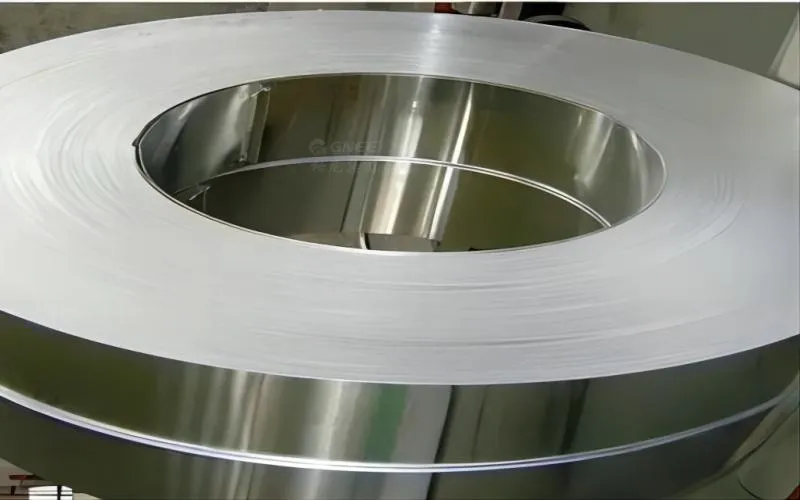
Fabrication
To guarantee that the characteristics and corrosion resistance of 304 stainless steel are preserved when being fabricated, it’s crucial to bear in mind a few basic criteria.
First and foremost, utilizing equipment meant for other metals when working with stainless steel can cause cross-contamination and reduce the material’s corrosion resistance.
Before beginning the fabrication process, it’s also essential to properly clean all surfaces to get rid of any residue or impurities that can have a detrimental impact on the finished product. You can make sure that the 304 stainless steel maintains its superb qualities and keeps performing at its best in your application by following these easy measures.
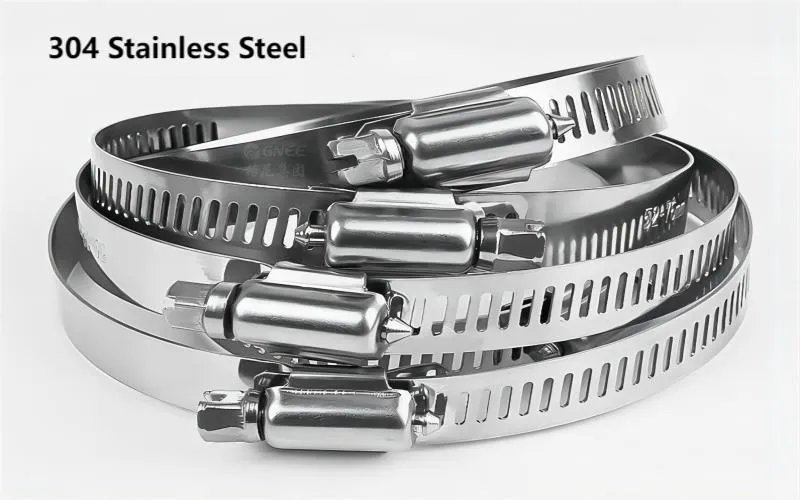
Hot Working
In the process of “hot working,” 304 stainless steel is heated to a high temperature and then shaped as needed. After homogenous heating to 1149–1260°C, techniques such as forging should be applied during hot working.
It is crucial to remember that when the heating process is over, the material needs to be quickly cooled to get the finest possible 304 stainless steel qualities, including the greatest possible corrosion resistance. This is due to the material’s strong resistance to corrosion and other forms of degradation being preserved by quick cooling, which also helps to maintain the material’s homogeneous structure.
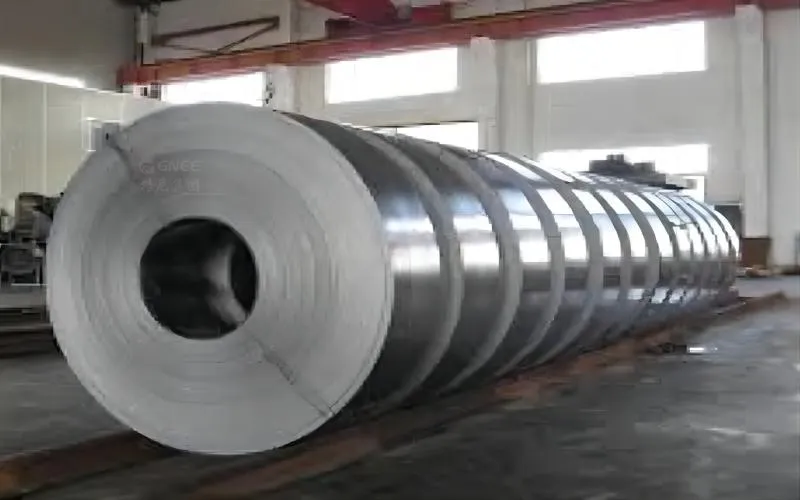
Cold Working
It’s crucial to keep in mind that 304 stainless steel is prone to hardening while cold handling the material. This indicates that there is a chance that tearing or cracking could happen during the fabrication process. An intermediate annealing stage is frequently required to prevent this. This prevents work hardening and guarantees a smooth production process.
Additionally, it’s advised to do a comprehensive annealing process after production is finished to minimize any internal tensions and increase the steel’s resistance to corrosion. The full potential of 304 stainless steel qualities can be realized by following these actions.
